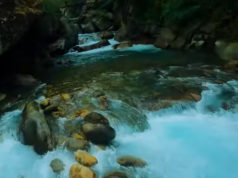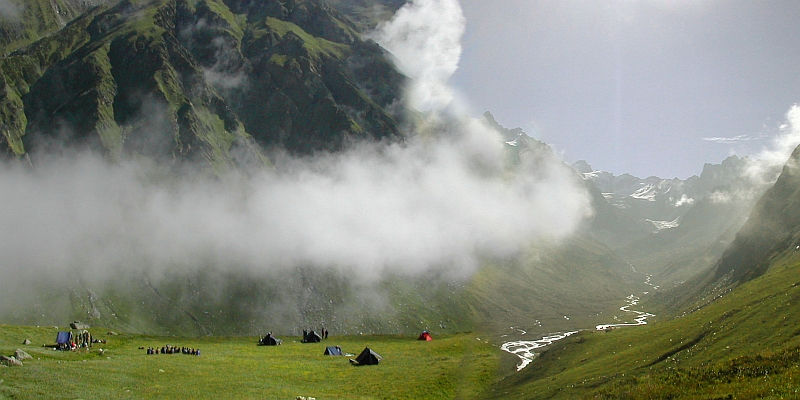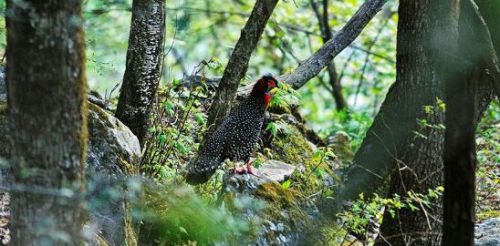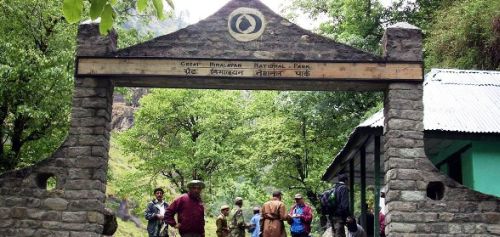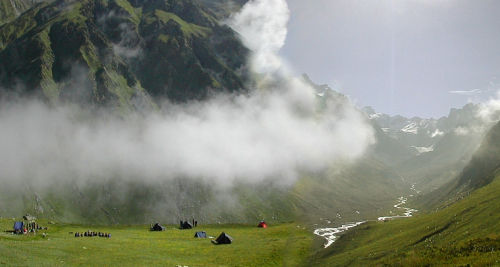
The state wildlife wing has installed 30 cameras to track movement of animals and poachers inside the Great Himalayan National Park (GHNP). It is for the first time that the GHNP authorities are keeping a track of wild animals through global positional system through the track cameras installed in the park.
The national park shelters the man-shy snow leopard, declared an endangered species by the IUCN since 1972 and Himalayan black and brown bears. The rare western tragopan pheasant, which figures in IUCN’s Red List of Threatened Birds and musk deer, another endangered species also thrive in the park.
Poachers in the GHNP’s target these rare animals and birds for their prized fur, feathers and meat during the winter season. The animals climb down due to the snow in higher reaches and become easy targets for Poachers.
Though the GHNP authorities have been claiming that these species have increased in number in the park over the years, but they have no scientific data to support their claims. No effort has been made to track the movement of wildlife and birds in park areas so far and thus these species are at the mercy of poachers during the winter season.
Installing a track camera in the GHNP can help to protect rare species in the park, but to make it successful wildlife wing will have to use it properly.


